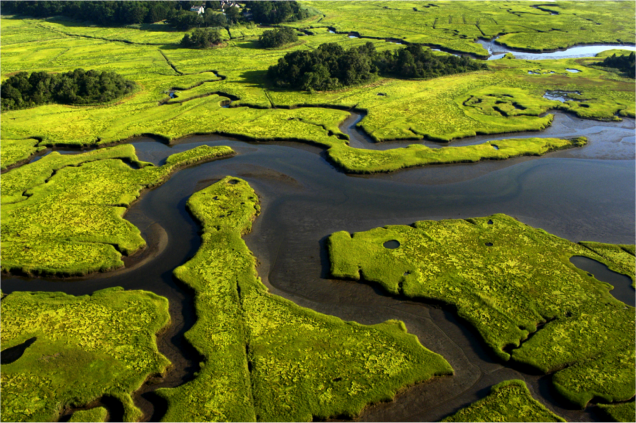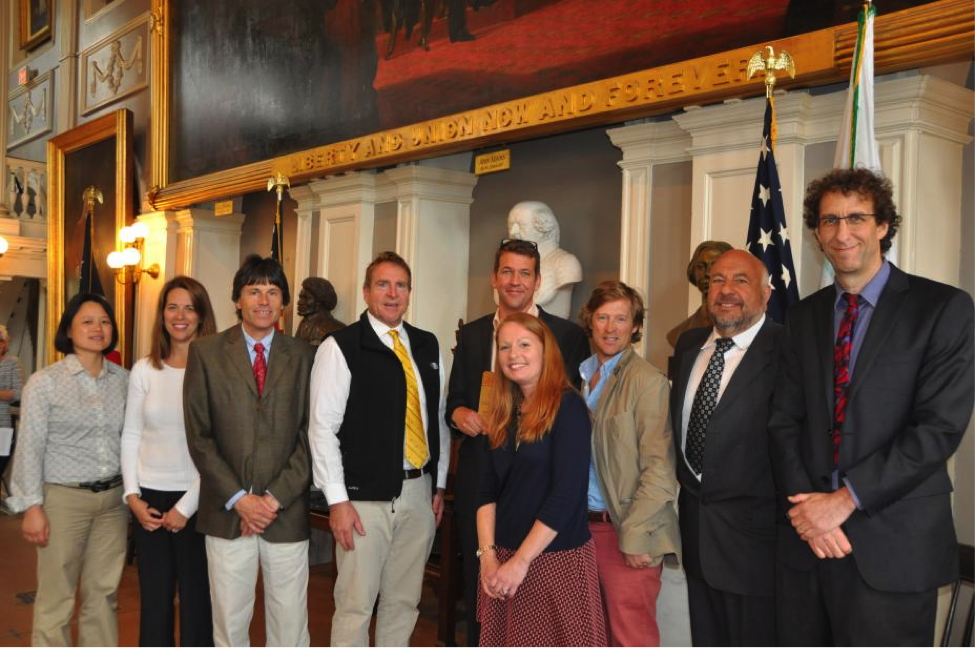By Alyssa Novak
Great Marsh Resiliency Partnership Recieves NFWF Grant
The Great Marsh Resiliency Partnership has been awarded a $1.2 million grant through National Fish and Wildlife Foundation’s (NFWF) $29.8 million 2018 National Coastal Resilience Fund to restore the Great Marsh in northeastern Massachusetts. This is the second time the Great Marsh Resiliency Paternship has received significant funding from NFWF. The Great Marsh Resiliency Parternship is led by the National Wildlife Federation and consists of numerous partners including the Novak Lab at Boston University. As part of this grant, the Novak Lab will be restoring 1 acre of eelgrass to Plum Island Sound. 
EPA Merit Award
Research assistant professor Alyssa Novak and colleagues receive EPA award
The Great Marsh Resiliency Partnership received the Environmental Protection Agency’s Environmental Merit Award in a ceremony on May 3rd at Faneuil Hall in Boston for their outstanding contribution to environmental restoration and protection. The team includes Earth & Environment Research Assistant Professor Alyssa Novak.
The “Partnership,” led by the National Wildlife Federation, received a $2.9M Hurricane Sandy Resiliency Grant in 2015 to reduce the vulnerability of communities within the Great Marsh to coastal storms, sea-level rise and other stressors. The project, entitled “Community Risk Reduction through Comprehensive Coastal Resiliency Enhancement for the Upper North Shore, Massachusetts,” takes a holistic approach that includes near-term restoration activities and long-term modeling and planning. Over the past two years the partnerships accomplishments have included: eradicating the invasive pepperweed and common reed from over 400 acres of saltmarsh; establishing 3,000 feet of dunes in front of vulnerable coastal infrastructure; reintroducing eelgrass to the subtidal waters; implementing a monitoring and management program for the invasive green crab; identifying and integrating 100 strategies into a comprehensive Great Marsh Coastal Adaptation Plan; identifying more than 1,200 barriers, including dams, water crossings and culverts for retro fits and upgrades. This project navigated the complex interconnections between natural resource conservation and economic and political priorities, jurisdictional authority, and diverse management values


